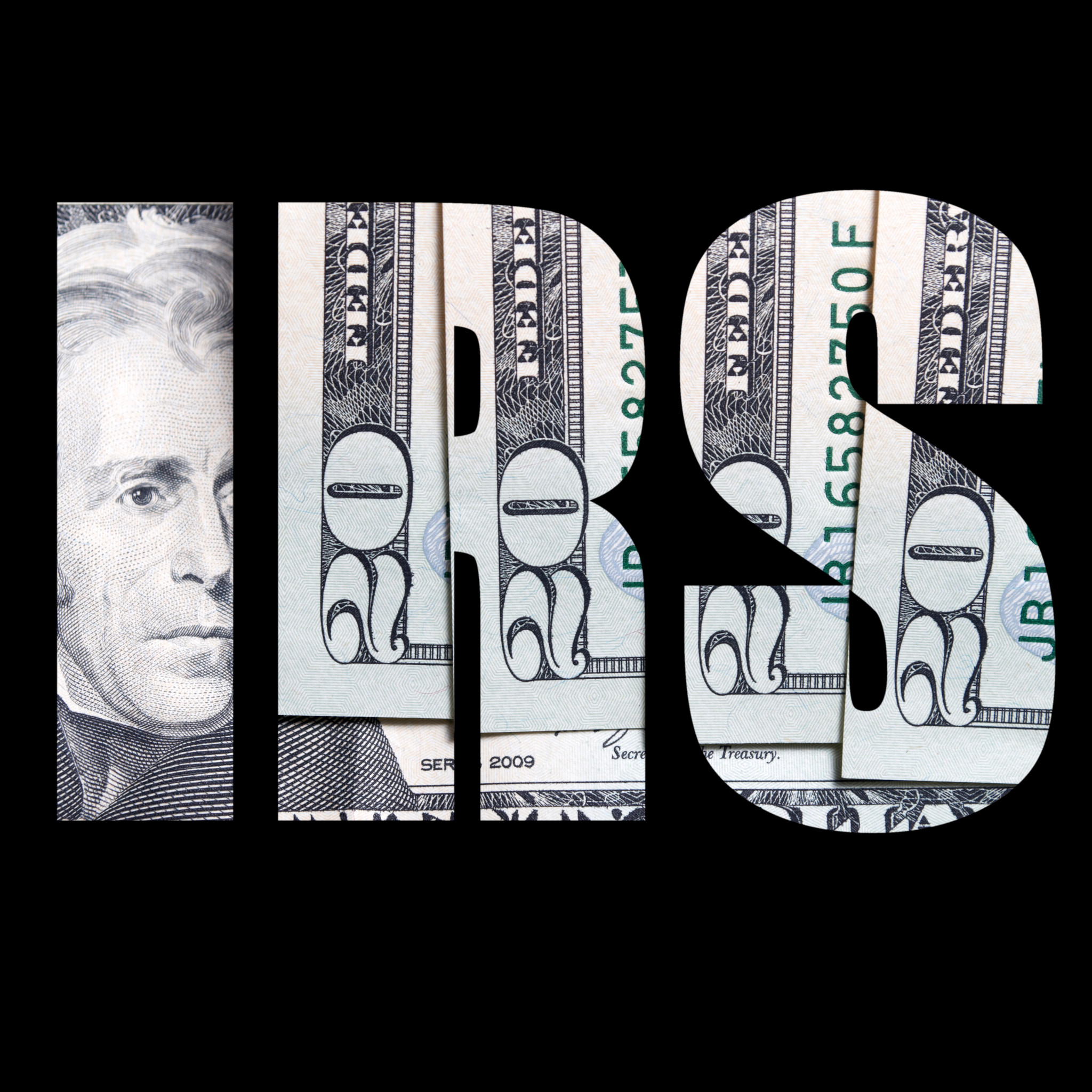
Around one million taxpayers will receive a special payment of up to $1,400 from the Internal Revenue Service (IRS). The IRS announced that anyone who did not claim the Recovery Rebate Credit on their 2021 returns would be eligible for this payment. So, how do you know if you are eligible for the $1,400 from the IRS? Here’s everything you need to know.
Understanding the Recovery Rebate Credit
You may recall that the Recovery Rebate Credit was introduced in 2021 for taxpayers who may have missed out on previous Economic Impact Payments (EIPs) during the COVID-19 pandemic. If you didn’t receive the full amount from the three rounds of stimulus payments, you were able to claim the difference as a credit on your 2021 return. The IRS discovered that there were a large number of people who left this section blank or entered $0. This means they missed out on the credit entirely. Now, the IRA is issuing automatic payments to eligible taxpayers.
Eligibility Criteria for the $1,400 Payment from the IRS
Here are the eligibility requirements to receive this special payment from the IRS:
- You must have filed a 2021 tax return
- You did not claim the Recovery Rebate Credit, despite being eligible
- Meet the income requirements (detailed below)
Eligibility will be determined based on income thresholds. Single filers with an adjusted gross income (AGI) up to $75,000, heads of household up to $112,500, and married couples filing jointly up to $150,000 will all be eligible if they meet the other criteria.
The payment amount decreases for incomes above these thresholds and phases out completely at higher income levels. It’s important to note that these payments are automatic; no additional action is required from eligible taxpayers.
Avoiding Scams and Ensuring Accurate Information
Be cautious of potential scams related to these payments. The IRS will not contact you via phone, email, or text message to request personal information or payment to process these funds. All legitimate correspondence will be through official letters sent via mail. If you receive any suspicious communications, report them to the IRS immediately. For accurate information, rely on official IRS communications or consult with a trusted tax advisor.
How and When Will Payments Be Issued?
Payments started being rolled out in December 2024 and most recipients will get their funds by late January 2025. Payments will be made one of two ways. You may get your credit via direct deposit to the bank account listed on your 2023 return or you can receive a paper check mailed to the address on file with the IRS. Recipients will also receive a letter from the IRS notifying them of the payment. If you’ve closed your bank account since filing your 2023 return, the payment will be reissued as a paper check to your current address.
What If You Haven’t Filed Your 2021 Tax Return?
For individuals who haven’t filed their 2021 return yet, there is still time to claim the Recovery Rebate Credit. The IRS set a deadline of April 15, 2025, to file 2021 returns and claim any credits or refunds. Even if you had minimal or no income in 2021, filing a return could entitle you to this payment.
Additional Resources and Assistance
For more information on the Recovery Rebate Credit and these special payments, visit the IRS website or contact their helpline. Additionally, organizations like AARP offer resources and assistance for taxpayers, including free tax preparation services through programs like Tax-Aide. Staying informed and utilizing available resources can help ensure you receive any payments you’re entitled to.
Act Now to Secure Your Payment
You might be eligible to receive the $1,400 payment from the IRS if you meet the criteria above. This could be a helpful windfall going into the new year. If you think you’re eligible but have not received a payment, it may be worth taking the time to review your 2021 return. Filing an amended return could help you collect your Recovery Rebate Credit. The deadline to do this is April 15, 2025. Taking action now will help you secure any funds owed to you.
Read More


Comments
One response to “Are You Eligible for the $1,400 From the IRS?”
fantastic points altogether, you simply gained a brand new reader. What would you suggest in regards to your put up that you simply made some days ago? Any certain?